Physical Address
304 North Cardinal St.
Dorchester Center, MA 02124
The amazing facts of the world
The amazing facts of the world


If someone asks about the wonders of Nepal, then the answer is usually that the world’s highest mountain is in Nepal, and Lumbini is also the place where Lord Buddha was born. But even a child knows this much, right?
Are these the only interesting and mysterious facts of Nepal? No!
Nepal is one of the most beautiful countries in the world. Apart from this, there are many such facts that Nepal will surprise the world with, which may not be known to everyone.
So, in this article, we are presenting 31 wonders of Nepal that are significant and famous facts related to Nepal. By reading this, you can also have a lot of fun and joy.
This article helps us to know more about the important things and mysteries of Nepal.
So, please watch this interesting and important post till the end.
Now, without further delay, let’s start the article.
Nepal is not only the richest country in the world in terms of water resources; this country has 6000 rivers, 3252 mountain peaks, and 2323 mountain lakes. Imagine how amazing it is to have so many ice lakes and snowy peaks in such a small country.
Nepal is home to 5,980 species of flowering plants, 800 species of birds, and 500 species of butterflies. In addition, Nepal is home to fascinating animals such as the one-horned rhinoceros and the Royal Bengal tiger, which are considered endangered in the world.
It seems that the whole country is a natural zoo.

Eight of the 10 highest mountains in the world are in Nepal. The Mahabharata range of the Himalayas can be seen in the entire northern portion of Nepal from east to west. That ice chain is the third-largest ice deposit in the world, after the North Pole and the South Pole.
Not only this, but the source of water for the three huge rivers of Asia—the Ganga, Yamuna, and Brahmaputra—and other rivers is also this Great Himalayan range.
Many of the high mountain peaks of the Great Himalayan Range are located in the northern part of Nepal, like a pillow spreading in Pakistan, India, and Bhutan.
Various international organizations and agencies have been recommending Nepal as an excellent tourism destination.
This is not only the cause of its natural beauty; Nepal is also one of the safest countries with a low level of violent crime rate.
This year, a United States agency listed the Mustang region as one of twenty must-visit places in the world. Similarly, Nepal is home to several world-famous tourist destinations, including the Khumvu Valley, which has been declared the sixth most beautiful valley in the world.

Since Nepal is a Himalayan country, there are many types of suspension bridges along the way. However, a mind-blowing construction project, Asia’s longest and highest suspension bridge, was built over the Kali Gandaki River in Nepal. This grand suspension bridge connects the Parvat and Baglung districts And is 567 meters in length.
Nepal’s hilly and Himalayan regions have vast reserves of valuable herbs. Nepal can replace chemical-rich foreign medicines by using them properly. Moreover, Nepal is a famous country known for its mythological knowledge of Yoga and Ayurveda.
It is believed that the ancient creature named ‘Yeti’ is found in the mountains of Nepal. Also, the experienced ancestors of the society say that invisible female human spirits called ‘Kichkanni’ and wild humans called ‘Ban Manxe’ in the local language also emerge in Nepal’s nearby jungle or deserted places.
The most beautiful Tilicho mountain lake is considered the world’s highest, and Kazin Sara Lake, the second highest, is located in Nepal’s Manag district. Nepal’s deepest lake, Shey Phoksundo, is a spectacular Rara Lake, a great tourist property of Nepal. The Fewa Lake, Beganas Lake, and hundreds of stunning lakes in Nepal.
Some of them are worth boating, and some are famous for mesmerizing landscape views.

The Arun Valley is one of the highest valleys on earth. And Dang Valley, the largest valley in Asia, is also in Nepal.
Similarly, the highest grassland in Chitwan, the wonderful world’s deepest gorge of Kaligandaki, the Feeding field for the beautiful foreign birds in the Koshi wetland area, Various mysterious natural tunnels under Pokhara city, and hidden flowing river under the surface called Seti River in Pokhara, etc. many other unique and mysterious places are also in Nepal.
Sherpa of Nepal is counted among the bravest breeds in the world, and it can play with snow. Sherpa of Nepal can climb the mountains not only dozens of times, but they can also live in the surrounding mountains their whole life, and they save a lot of mountaineers doing rescue from very high and tough summits.
Foreigners bite their tongues in astonishment when they see that Sherpa easily crosses mountains at extremely high altitudes, even when others are sick due to the altitude effect, even at a low altitude.
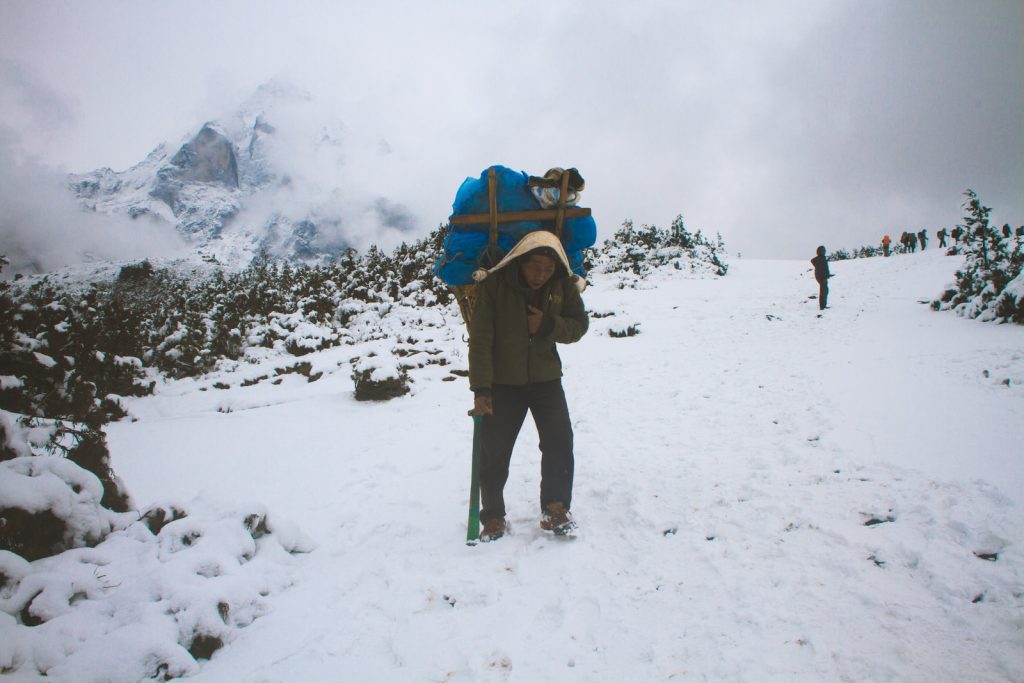
It is believed that the wonderful ‘Elephant polo’ game originated in Meghauli, Nepal. And Nepali games like ‘DandiVeo’ ‘HandiFutaune’, and ‘NepaliKavadi’, once very popular with the rural people, are also the originality of Nepal.
Snow leopards, red pandas, and one-horned rhinoceros are known as the most beautiful and considered almost extinct species in the world, and they are found in Nepal. Nepal is also the best habitat in the world for the endangered snow leopard.
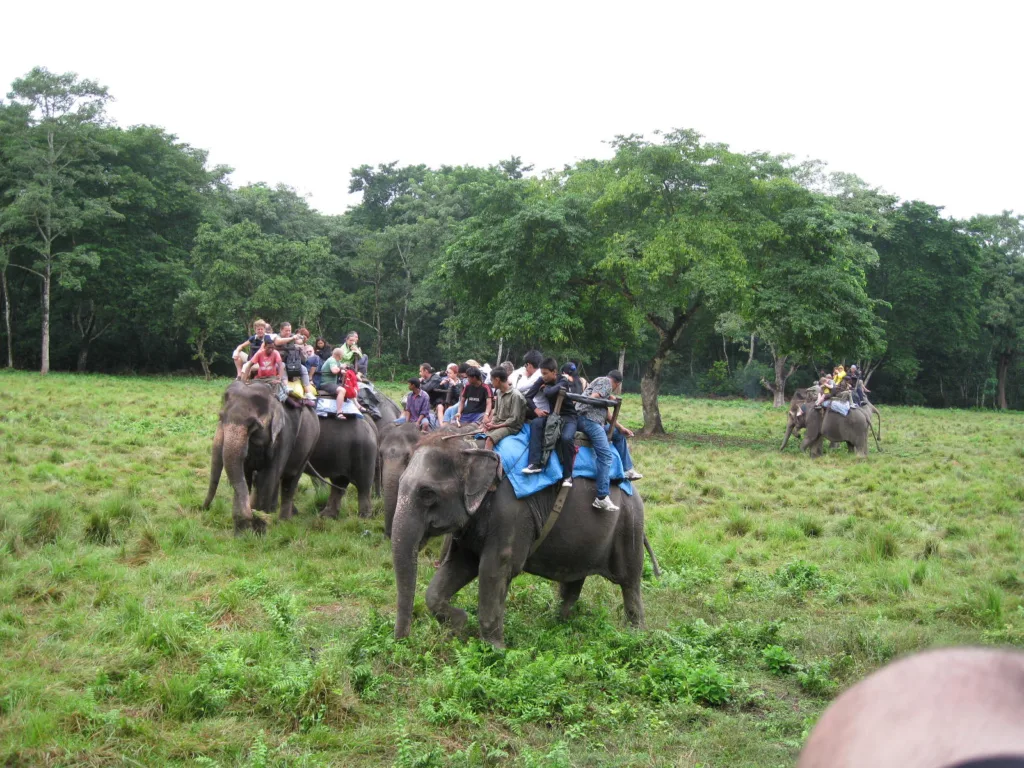
Nepal is not a good destination for long-route trekking; it is also becoming famous for tourism adventures, and such centres are being set up at various places. Such adventures include paragliding, bungee jumping, high-altitude marathons, mountain biking, white water rafting, ropeway, etc. Which are found in the various places in Nepal.
With 7 heritage sites listed on the UNESCO World Heritage List, the Kathmandu Valley is known as a living cultural museum of the world. There are lots of religious places and thousands of temples, inns, and idols of various gods and goddesses since mythological times.
Nepal is a country that is the living abode of all kinds of spiritual greats like sages, Lamas, yogis, and Sannyasins. It is also an open university for the study of Eastern spiritual philosophy.

Even though Nepal is a small country, it is not only a country of more than 100 castes and tribes but also a unique ethnic museum with an equal number of native language speakers and several scripts.
But despite having so many castes, Nepal has not suffered the bitter pain of caste war. And religious tolerance here is something the world can learn from, and Nepal is proud of.
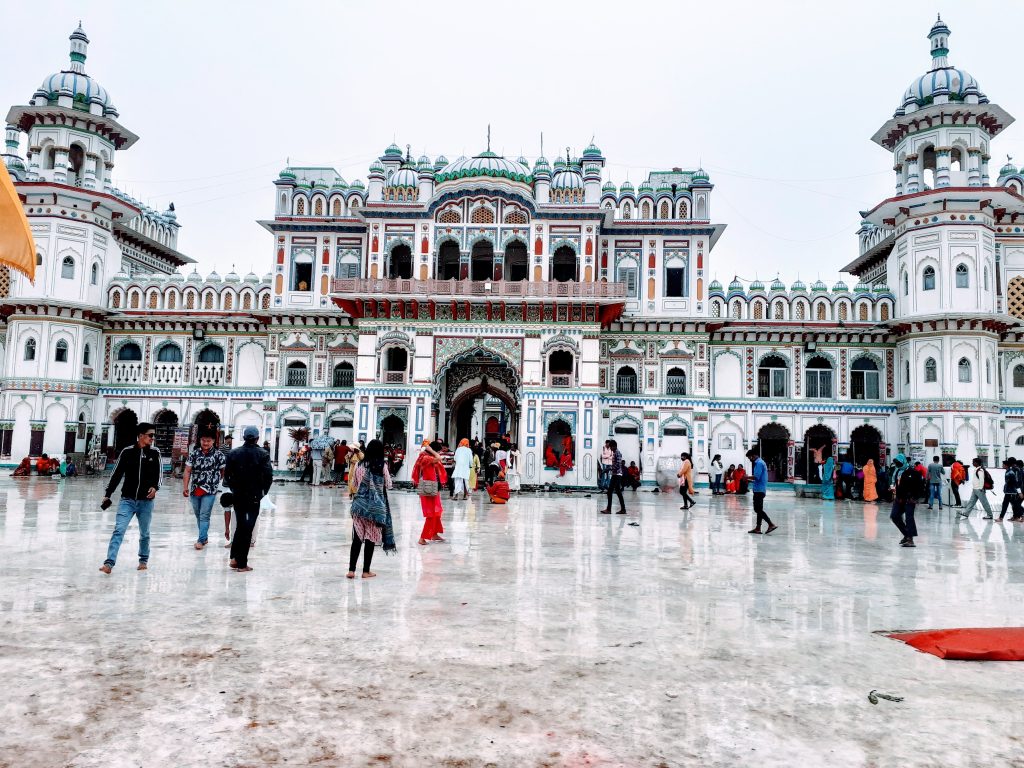
From the very low-lying areas of Terai (only 59 meters above sea level) to Mount Everest (the highest point in the world with 8848 meters), two such regions are located within a very short distance of only about 200 km.
A country with such geographical diversity in such a short width is hardly found in the world.
Nepalese people keep celebrating various kinds of festivals and fairs like ‘Gaai Jatra’, ‘Ghoda Jatra’, ‘Indra Jatra’, ‘Machhindra Nath’s Jatra’
Apart from that, the ‘Dashain’ festival is celebrated with the joy of the victory of truth. The Teej festival, a symbol of respect and freedom of women; the Chhath festival, worshipping nature as a god; the Tihar festival, worshipping animals and brothers; and worshipping the goddess of wealth, making luminous everywhere are significant.
In addition, many festivals celebrated by peoples of different castes, tribes, and religious beliefs, like Losar, Udhauli Ubhauli, EID, Christmas, and many other religious and cultural festivals, are also celebrated by Nepali peoples.
That’s why there is a feeling of joy and happiness throughout the year in Nepal. This huge cultural compilation also presents Wonders of Nepal.

Nepal recognizes the ‘Vikram Samvat’ (Vikram era), and the calendar is aligned accordingly. But this Bikram era is 57 years older than the most prevalent ‘Christian era’ in the world. This means Nepal is older than other countries, even in terms of the calendar.
Vikram Samvat (Vikram era) started in 57 BC.
The flag of Nepal is unique in its triangular shape with sun and moon symbols, while no country in the world has such a triangular flag.
Nepal is also a country of unique and customized religious worshipping cultures. Little girls are recognized as sacred virgins and worshipped as living goddesses called ‘Kumari’.
Nepal is also a country where little girls are worshipped with nicknames like ‘Panchkanya’, (which means a group of 5 damsel girls considered goddesses) or ‘Kanyadevi’ (which means damsel goddess).
All of them are worshipped or honoured on special occasions such as some kind of festival or the time to start some great work. If one gets her blessings, it is considered a blessing from the Goddess. And it is considered good luck, in which there is expectation and belief that everything will be good.
Older women are also respected, called ‘Mata’ (highly regarded mother) or Bhagwati (live goddess) in Nepal. These customs are also considered as Wonders of Nepal.

Sunday is a holiday in many countries of the world, but according to Nepal’s tradition, the original practice of giving a public holiday on Saturday has been going on for decades.
Unlike many foreign customs in Nepal, it is not customary to eat someone’s own food or food that has been eaten by someone else, which is considered an unholy and dirty practice. Health workers also consider it harmful. However, this rule does not apply to family members and other close friends.
But this does not mean that Nepali people do not prefer to eat together. They always like to celebrate marriages and religious festivals and enjoy eating together by organizing picnics and going to different beautiful places.

The language of Nepal is also considered to be richer and more sophisticated than English or other language. For example, in English, ‘You’ is used for both infants and seniors, while in the Nepali language, The ‘You’ words can be used in 4 ways by saying ‘Tah’, ‘Timi’, ‘Tapai’, and ‘Hujur’ according to the as age, situation, level, and character. There are many examples that show that the Nepali language is perfect.
The Nepali food ‘Dal Bhaat’ has come to be considered very powerful and healthy for the stomach. Dalbhat is a meal set that contains rice, lentils, cooked vegetables, pickles, salads, papads, etc.
Foreigners whose staple food is not Dal Bhat have also started adopting it. Also, the fact that Nepali people use their right hand to eat ‘Dal Bhaat’ is an interesting trend for the new generation of foreigners who eat only with a spoon.
Different types of dishes like Momo, Chowmen, Samosa, Puri-Julebi, Chana-Chiura, etc. are also most popular in Nepal.
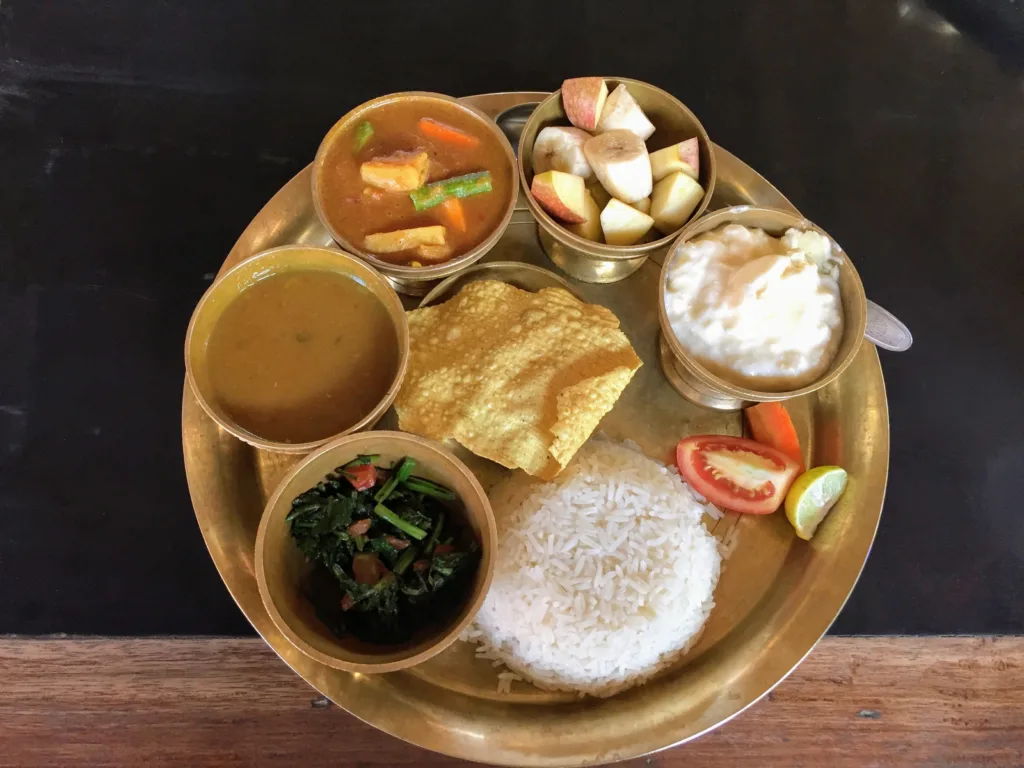
The way of greeting people in Nepal is also different from that of the West. When a Nepalese greets with ‘Namaste’ or Namaskar, bowing his head with folded hands.
It gives a wonderful feeling of humility and respect to each other. Seeing this, even the foreigners who used to say hi/hello in an emotional way also like to say ‘Namaste’ to everyone in Nepal.
In fact, according to the tradition of Eastern philosophy, Namaskar or Namaste means ‘I bow to the God within you.’
Not only cows are worshipped in Nepal, but bulls, dogs, crows, certain types of plants, and rivers are also worshipped. It is a religious culture that says that both animals and plants are specific forms of God.
In addition, there is a belief in Nepal that nature and animals help us live, so they deserve respect.
The spiritual aspect of it may be different, but it is also a physical example of humanity. and real intimacy and love with animals and nature, which can see the world.

Nepal is also the home of the Gorkha army (Somewhere in the word Gurkha), which is known as the bravest army in the world.
Therefore, the process of recruiting Nepalese into military conscription has been going on for decades in countries including India and Great Britain.
Nepalese have held many world records related to Mount Everest (Everest is called Sagarmatha in Nepal) and mountaineering.
Such as being the first to reach Mount Everest, climbing the mountain most times without using oxygen, and reaching the summit in the least time. Nepali mountaineers and Sherpas have set many mountain records.
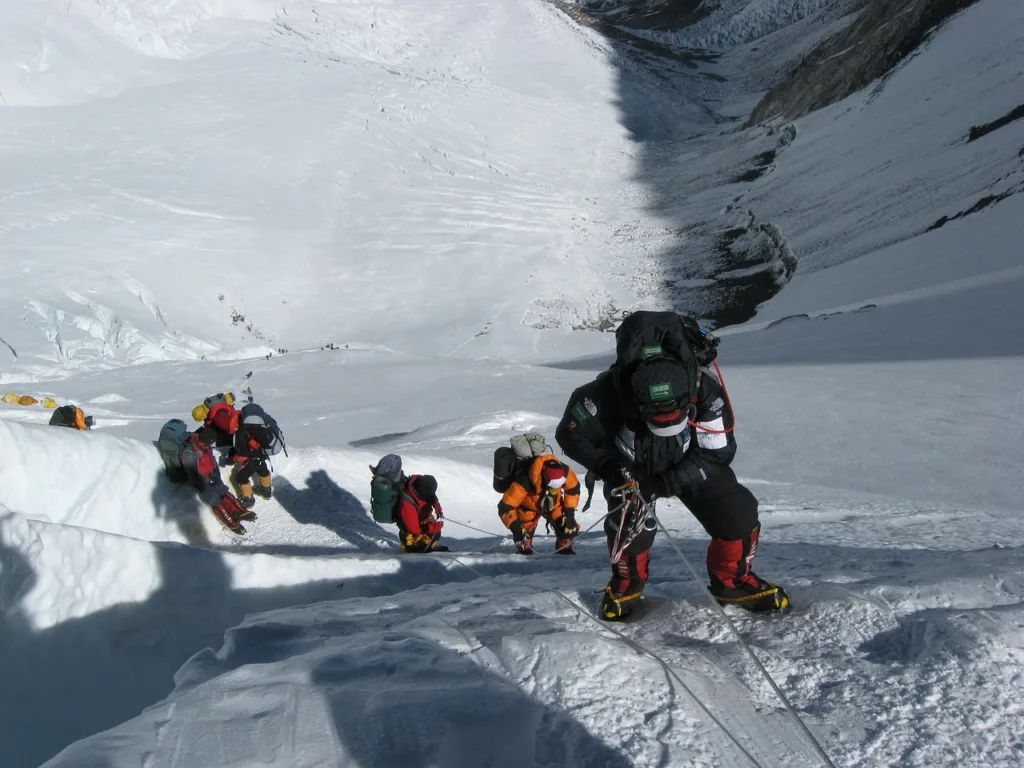
Many big countries of the world, like India, were also colonized by other countries in the past. But Nepal, despite being such a small country, was never colonized by any other country in history.
Since Nepal has always managed to be independent while protecting its sovereignty by never giving up in front of the superpower country of that time.
Nepal and the huge Himalayan ranges are also considered to be the playgrounds of Lord Shiva and many other gods and goddesses of various religious denominations. who is worshipped by more than one billion followers of Hinduism and different religious sects in the world?
The territory of this country is considered very sacred because of the presence of deities and saints., Gurus and Sannyasins of different castes and religions.
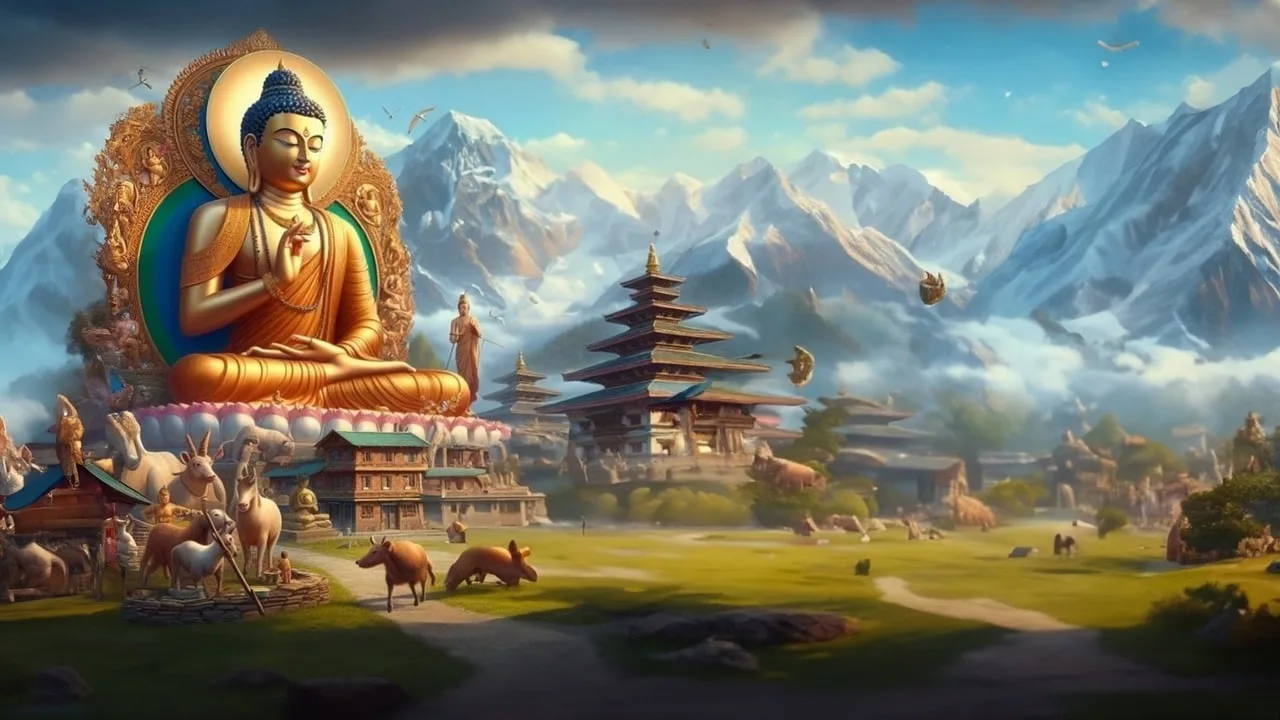
Last but not least, The fact that Nepal is the birthplace of Lord Gautama Buddha, who is worshipped by more than 500 million Buddhist followers in the world, can never be forgotten.
There is a grand pilgrimage called ‘Lumbini’. Apart from this, There are ‘Swayambhunath’ and ‘Baudhanath’, which are significant and beautiful heritage sites in Kathmandu.
In addition, there are much more beautiful and grand ‘BaudhaGumvas,’ ‘Chaityas’ and ‘Matha’ temples with idols of god and colourful Holy flags from terai to peaks of mountains throughout Nepal, which provide a kind of mental peace and amusement to visitors or followers.

Apart from the above points, the story of contributions and sacrifices of many small and big kings, ministers, leaders, scholars, martyrs, poets, artists and national personalities and the entire historical background of Nepal is no less interesting. This can be a separate article.
In Nepali village life, their culture and traditional parts are of various types and are also very interesting.
Moreover, in history, the area of Nepal was much larger than its present size. It is known as ‘Greater Nepal’ and has been in the discussion till now. It is also not mentioned here since it has separate historical stories, which we will cover in our next article.
Please visit here to read -> Why is the issue of Greater Nepal being raised repeatedly?
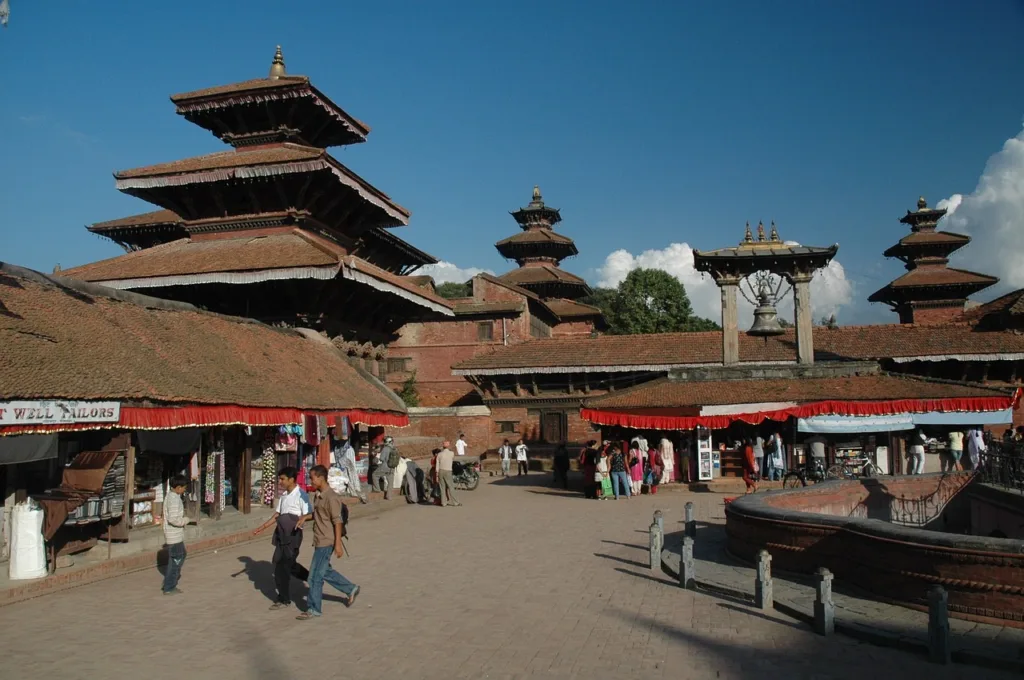
If all of these significant things had been included in this article, it could have become very ugly and caused trouble for the readers. So we will discuss the remaining subjects in another article.
That’s all in this article about the wonders of Nepal.
Thank you very much for visiting this site and for the valuable time you spent reading this article.
May your every moment be auspicious. Keep on visiting this site, please. ‘Namaste’